Famous Temples in Prayagraj: A Complete Guide to the City of Spirituality
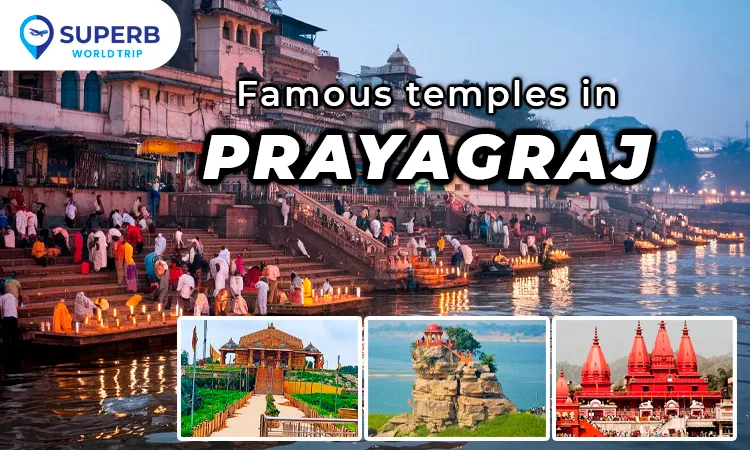
Prayagraj, formerly known as Allahabad, is one of the most sacred cities of India. Situated at the confluence of the holy rivers Ganga, Yamuna, and the mythical Saraswati, it is believed to be the place where gods themselves descend during the Kumbh Mela. For centuries, this city has been an important center of spirituality, learning, and devotion. Beyond the Triveni Sangam, which is the biggest highlight of Prayagraj, the city is also home to many famous temples that draw millions of devotees and tourists every year.
In this article, we will explore some of the most famous temples in Prayagraj, their history, significance, and why you must visit them. Whether you are a pilgrim seeking blessings or a traveler interested in cultural experiences, these temples will give you a glimpse into the city’s divine essence.
1. Triveni Sangam and Sangam Temple
No trip to Prayagraj is complete without visiting the Triveni Sangam—the sacred confluence of the Ganga, Yamuna, and Saraswati. While it is not exactly a single temple, it is considered the holiest spot in the city. Devotees believe that taking a dip at the Sangam washes away sins and leads to salvation.
At the banks of the Sangam, you will also find the Sangam Temple, where rituals, pujas, and aarti are performed regularly. During Kumbh Mela, this site becomes the spiritual capital of the world, attracting millions of pilgrims, saints, and tourists.
Highlights:
- Considered the most sacred bathing site in Hinduism.
- Major center for religious rituals and Pind Daan (offerings for ancestors).
- Aarti at Sangam in the evening is a must-experience.
2. Bade Hanuman Ji Temple (Lete Hue Hanuman Ji Mandir)
The Bade Hanuman Ji Temple, also known as the temple of the reclining Hanuman, is one of the most visited temples in Prayagraj. What makes it unique is the massive idol of Lord Hanuman lying in a reclining position—a rare sight since Hanuman is usually seen standing or sitting.
The temple is located near the Sangam, and it is said that the idol once appeared naturally from the riverbed. Devotees believe that visiting this temple before taking a dip at the Sangam ensures divine blessings and protection.
Highlights:
- Unique reclining Hanuman idol (20 feet long).
- Devotees believe Hanuman ji protects Prayagraj from natural calamities.
- Tuesdays and Saturdays are especially crowded.
3. Alopi Devi Temple
The Alopi Devi Temple is one of the most significant temples in Prayagraj. It is associated with the legend of Sati, the wife of Lord Shiva. According to mythology, when Sati immolated herself, Lord Shiva carried her body, and Vishnu cut it into 51 parts. These sacred sites became Shakti Peethas.
Alopi Devi Temple is believed to be the spot where the last part of Sati disappeared, hence the name “Alopi” (disappeared). Unlike most temples, it does not have a traditional idol. Instead, the presiding deity is worshiped in the form of a wooden cradle, which devotees revere as the divine manifestation of the goddess.
Highlights:
- One of the Shakti Peethas.
- The main deity is worshiped in the form of a wooden cradle.
- Popular during Navratri celebrations.
4. Patalpuri Temple and Akshayavat
Situated within the Allahabad Fort, built by Emperor Akbar, lies the ancient Patalpuri Temple. It is one of the oldest temples in the city and is believed to have been visited by Lord Rama during his exile. The temple is partly underground and houses many idols of different deities.
Next to this temple is the legendary Akshayavat—the immortal banyan tree. According to mythology, Lord Narayana declared that this tree would never perish, even during Pralay (cosmic destruction). Devotees from across the country come here to worship this eternal tree.
Highlights:
- Ancient underground temple inside Allahabad Fort.
- Associated with Lord Rama and Lord Narasimha.
- Akshayavat tree believed to be eternal.
5. Mankameshwar Temple
Dedicated to Lord Shiva, the Mankameshwar Temple is located near Saraswati Ghat, close to the Yamuna River. It is one of the most important temples for Shiva devotees in Prayagraj. The temple’s name comes from the belief that anyone who prays here with true devotion will have their wishes (manokamna) fulfilled.
During the month of Shravan (July–August), the temple attracts lakhs of devotees who perform Rudrabhishek and offer water, milk, and bilva leaves to Lord Shiva.
Highlights:
- Dedicated to Lord Shiva.
- Devotees believe their wishes are fulfilled here.
- Special significance during Shravan month.
6. Shankar Viman Mandapam
This relatively modern yet grand temple is an architectural marvel. Built in South Indian style, the Shankar Viman Mandapam is a four-storied temple dedicated to Lord Shiva. Each floor has shrines dedicated to different deities like Lord Ram, Goddess Durga, and others.
Located near the Sangam, the temple is easily noticeable because of its towering structure and beautifully carved gopuram.
Highlights:
- Built in South Indian architectural style.
- Four-storied temple with multiple shrines.
- Located near Triveni Sangam, offering a great panoramic view.
7. Lalita Devi Temple
The Lalita Devi Temple is another famous Shakti Peetha in Prayagraj. According to legend, the fingers of Sati fell at this spot, making it a powerful seat of Shakti worship. The temple attracts thousands of devotees, especially during Navratri.
The idol of Goddess Lalita Devi is beautifully adorned, and devotees believe she blesses her worshipers with prosperity and happiness.
Highlights:
- Considered one of the Shakti Peethas.
- Very crowded during Navratri.
- Known for its beautiful architecture and idol.
8. Kalyani Devi Temple
Another significant temple in Prayagraj is the Kalyani Devi Temple, dedicated to Goddess Kalyani, a form of Goddess Durga. It is believed that the left hand of Sati fell at this spot. This makes it one of the three major Shakti Peethas in Prayagraj, along with Lalita Devi and Alopi Devi.
The temple is located in Kalyani Devi area and sees heavy footfall during Navratri when devotees come for darshan and blessings.
Highlights:
- Shakti Peetha associated with Sati.
- Devotees worship Goddess Kalyani for strength and protection.
- Special celebrations during Navratri.
9. Nagvasuki Temple
Located in the Daraganj area near the Yamuna River, the Nagvasuki Temple is dedicated to the serpent god Vasuki, the king of Nagas. According to legends, Lord Vasuki resides here, and the temple is highly revered by those who believe in serpent worship.
The temple is also associated with the epic Mahabharata, as it is believed that the Pandavas worshiped here during their exile. The temple comes alive during Nag Panchami, when thousands of devotees visit to offer milk to the deity.
Highlights:
- Dedicated to the serpent god Vasuki.
- Connected with Mahabharata legends.
- Famous for Nag Panchami celebrations.
10. Shri Shirdi Sai Baba Temple
Apart from ancient Hindu temples, Prayagraj is also home to modern temples like the Shirdi Sai Baba Temple, located in Civil Lines. Dedicated to the revered saint Sai Baba of Shirdi, the temple is known for its peaceful atmosphere and regular Sai Bhajans.
Devotees gather here on Thursdays, which are considered especially auspicious for Sai Baba worship.
Highlights:
- Dedicated to Shirdi Sai Baba.
- Peaceful ambiance and devotional bhajans.
- Popular among local devotees.
11. Other Notable Temples in Prayagraj
Apart from the major temples, Prayagraj also has many other smaller but equally important temples that add to the city’s divine atmosphere:
- Chandrashekhar Azad Park Hanuman Temple – A popular Hanuman temple located inside the famous park.
- ISKCON Temple Prayagraj – A serene temple dedicated to Lord Krishna, attracting devotees and tourists alike.
- Durga Mandir in Mutthiganj – A temple devoted to Goddess Durga, vibrant during Navratri.
- Bhita Temple (Bharadwaj Ashram) – Believed to be associated with sage Bharadwaj, an important sage in Vedic history.
Best Time to Visit the Temples in Prayagraj
- Magh Mela (January–February): Millions of devotees visit Prayagraj during this time for holy dips and temple visits.
- Kumbh Mela (every 12 years): The largest spiritual gathering in the world, held at Sangam.
- Navratri: The Shakti Peetha temples—Alopi, Lalita, and Kalyani Devi—witness grand celebrations.
- Shravan month: Dedicated to Lord Shiva, making Mankameshwar and Shankar Viman Mandapam especially crowded.
Travel Tips for Visiting Temples in Prayagraj
- Dress Modestly: Wear traditional or modest clothing while visiting temples.
- Avoid Rush Hours: Temples can get overcrowded during aarti times; plan accordingly.
- Hire a Local Guide: To understand the mythology and stories behind each temple.
- Respect Rituals: Always follow temple customs, like removing footwear before entering.
- Stay Options: Prayagraj offers budget hotels, dharamshalas, and luxury stays for pilgrims and travelers.
Conclusion
Prayagraj is not just a city; it is a timeless symbol of India’s spiritual and cultural legacy. Its temples—whether it is the sacred Alopi Devi Temple, the eternal Akshayavat, or the reclining Bade Hanuman Ji—reflect centuries of faith, mythology, and devotion. Each temple has its own story, charm, and energy that makes Prayagraj a must-visit for anyone who wishes to connect with India’s divine traditions.
From the confluence at Sangam to the chants echoing in Shakti Peethas, Prayagraj gives every visitor a sense of spiritual peace and fulfillment. Whether you are on a pilgrimage, a cultural exploration, or simply curious about India’s temple heritage, Prayagraj will always welcome you with open arms and divine blessings.
Latest Post

Phuket, Thailand’s Largest Island, is an Idyllic Tropical Destination

Places to Visit in Bhutan: Journey into the Land of Happiness
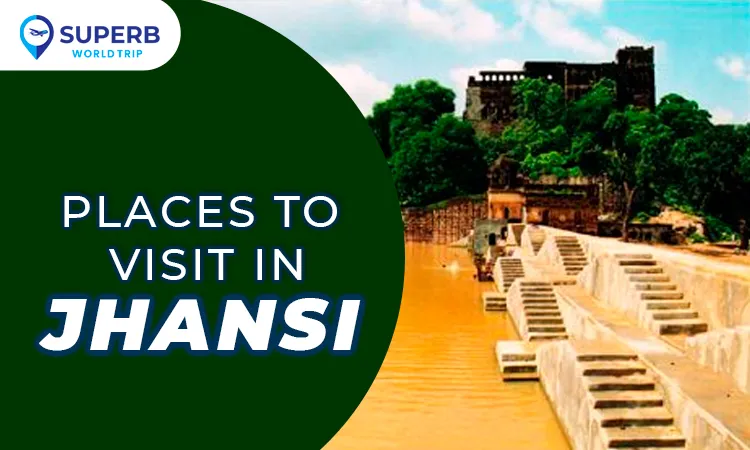
Jhansi: the Historical Heart of Bundelkhand
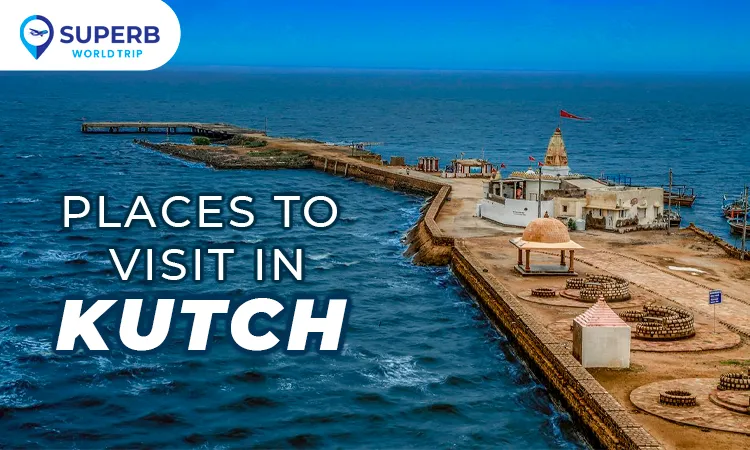
Attractions to Visit in Kutch – Exploring Gujarat

Best Time and Place to Visit Kedarnath – A Complete Travel Guide by SuperbWorldTrip

Superbworldtrip Presents A Complete Travel Guide on Lakshadweep Island by Superbworldtrip

Do Dham Yatra from Jaipur: An Exciting Journey to Kedarnath and Badrinath

Do Dham Yatra from Kolkata: Complete Travel Guide

Do Dham Yatra from Chennai: An Exquisite Journey to Kedarnath & Badrinath

Sikkim: Unleash Your Wild Side in the Himalayas
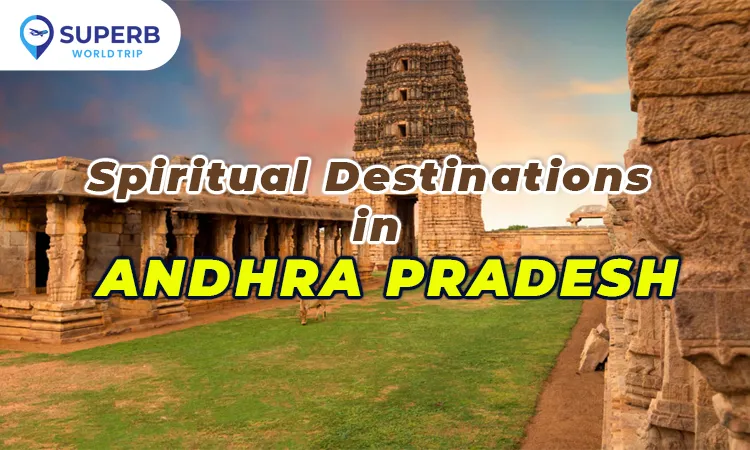
Spiritual Destinations in Andhra Pradesh: A Spiritual Journey of Faith and Serenity
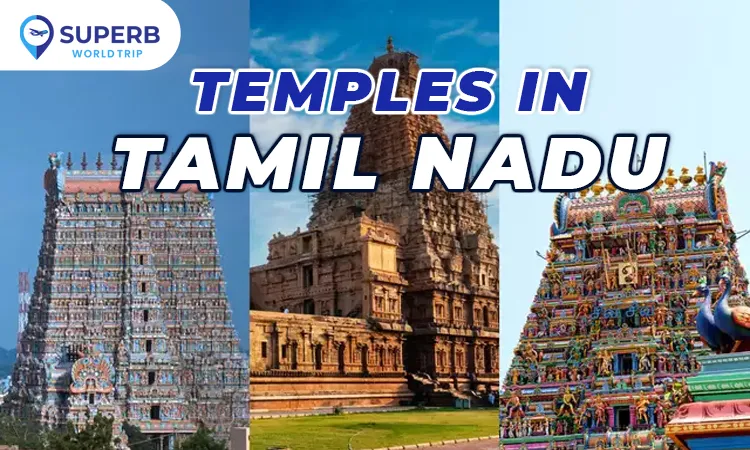
Temple Tourism: Exploring the Spiritual Side of Tamil Nadu
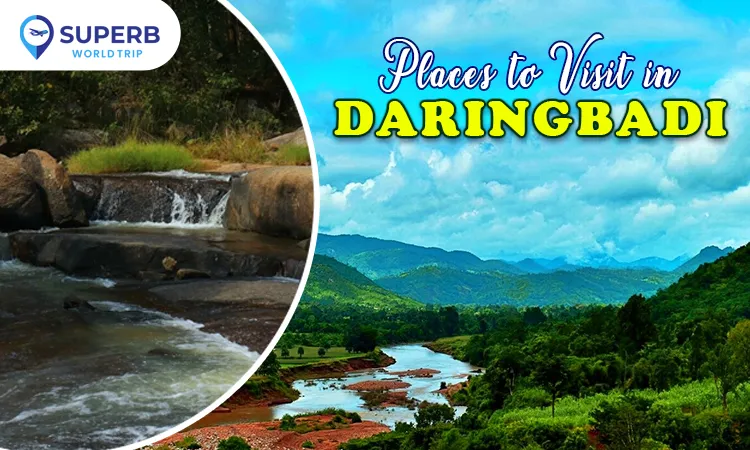
10 Places to Visit in Daringbadi – Complete Travel Guide

15 Top Places to Visit in Jibhi: A Complete Travel Guide

20 Things to do in Leh Ladakh – Complete Travel Guide

Things to Do in Gili Islands: A Complete Travel Guide
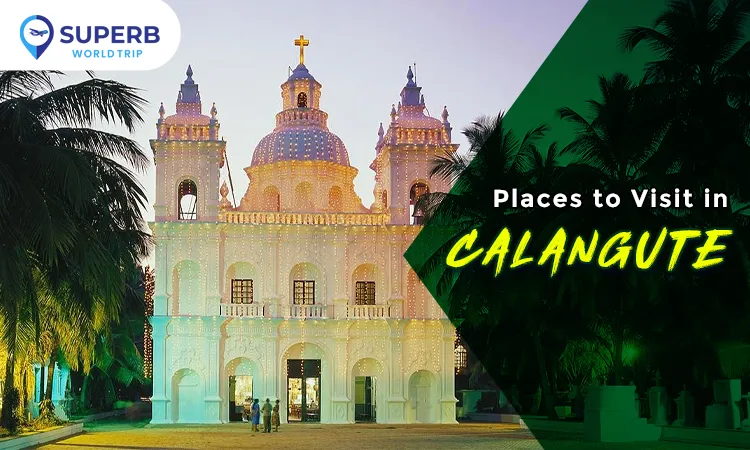
15 Places to Visit in Calangute You Must Visit
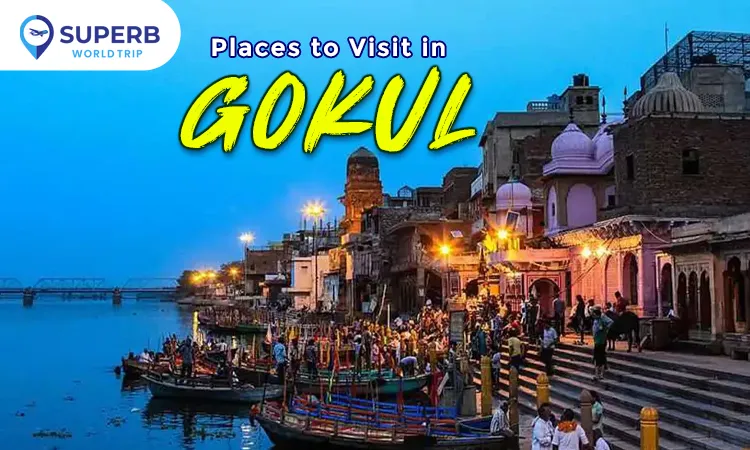
11 Best Places to Visit in Gokul: A Complete Travel Guide
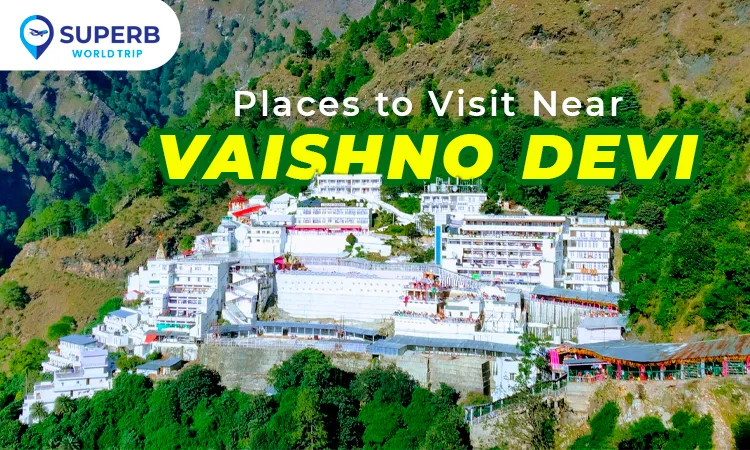
Places to Visit Near Vaishno Devi: A Complete Travel Guide
